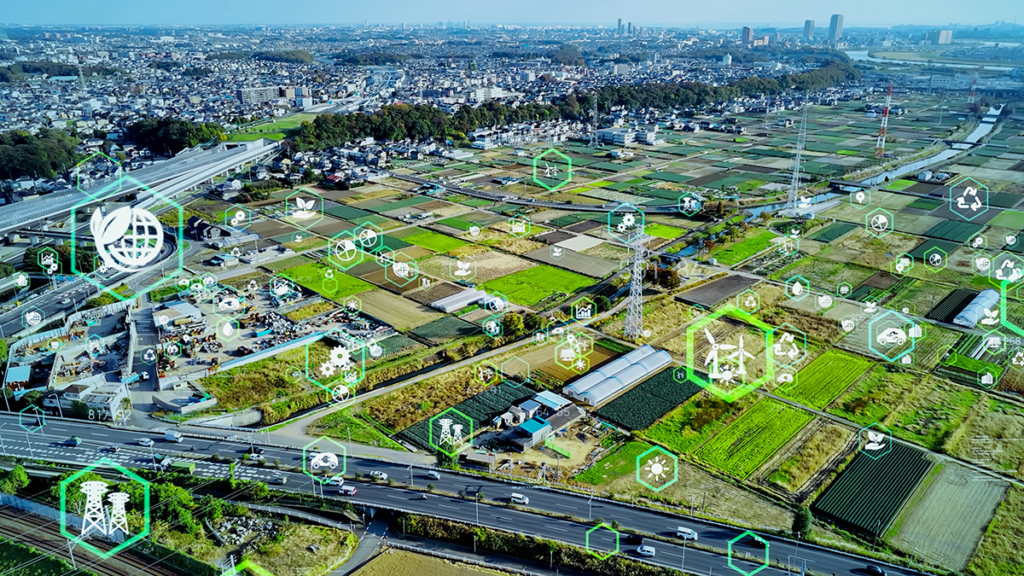In an era where environmental concerns are as pressing as economic ones, the manufacturing sector stands at a crossroads.
The industry, historically known for its substantial environmental footprint, is now witnessing a paradigm shift towards sustainability, thanks in no small part to the Internet of Things (IoT).
This convergence of ecological mindfulness and technological advancement heralds a new chapter for manufacturers – one where efficiency and sustainability are not just aspirational goals but tangible outcomes.
The green facade of IoT
At the forefront of this revolution is the deployment of IoT sensors across manufacturing facilities. These sophisticated devices are the industry’s eyes and ears, meticulously monitoring various parameters that directly or indirectly impact the environment. From tracking energy consumption to scrutinising waste production, IoT sensors offer a granular view of a facility’s ecological footprint.
Energy optimisation: the pulse of sustainable manufacturing
A significant benefit of IoT in manufacturing is its ability to enhance energy efficiency. Through real-time monitoring, manufacturers can identify energy-intensive processes and implement corrective measures. IoT applications, such as smart lighting and HVAC systems, can dynamically adjust energy usage based on real-time data, leading to significant reductions in unnecessary power consumption and, consequently, carbon emissions.
Waste reduction: the IoT approach
Waste management is another critical component of sustainable manufacturing. IoT solutions enable manufacturers to track material usage and waste generation with unprecedented accuracy. By analysing this data, companies can optimise their resource utilisation, minimise waste, and improve their overall environmental performance.
Case studies: IoT in action
Several manufacturers have already reaped the benefits of IoT-driven sustainability. For instance, a prominent automotive manufacturer implemented IoT sensors to monitor paint usage, resulting in a 10% reduction in paint waste. Another example is a beverage company that utilised IoT for water conservation, achieving a remarkable 20% decrease in water usage across its production facilities.
Challenges and opportunities
Despite the clear advantages, the road to a fully sustainable IoT-powered manufacturing ecosystem is not without challenges. Concerns regarding data security, the initial cost of deploying IoT solutions, and the need for skilled personnel to analyse and act on the data are significant hurdles. However, the opportunities for innovation and leadership in sustainability are abundant.
The future is now
As we advance, it is clear that IoT is not just a technological upgrade; it is a catalyst for a more sustainable and responsible manufacturing sector. By embracing IoT, manufacturers are not only enhancing their operational efficiency but are also contributing to a larger, more crucial cause – the wellbeing of our planet. The integration of IoT in manufacturing is no longer a question of if but a matter of when. Those who act swiftly and decisively will likely lead the charge towards a greener, more sustainable future.
Conclusion
The amalgamation of IoT in manufacturing processes is ushering in a new industrial revolution, marked by sustainability and smart resource management. As the technology matures and becomes more accessible, it is poised to become an indispensable tool for manufacturers worldwide, steering the industry towards a more sustainable and economically viable future.
